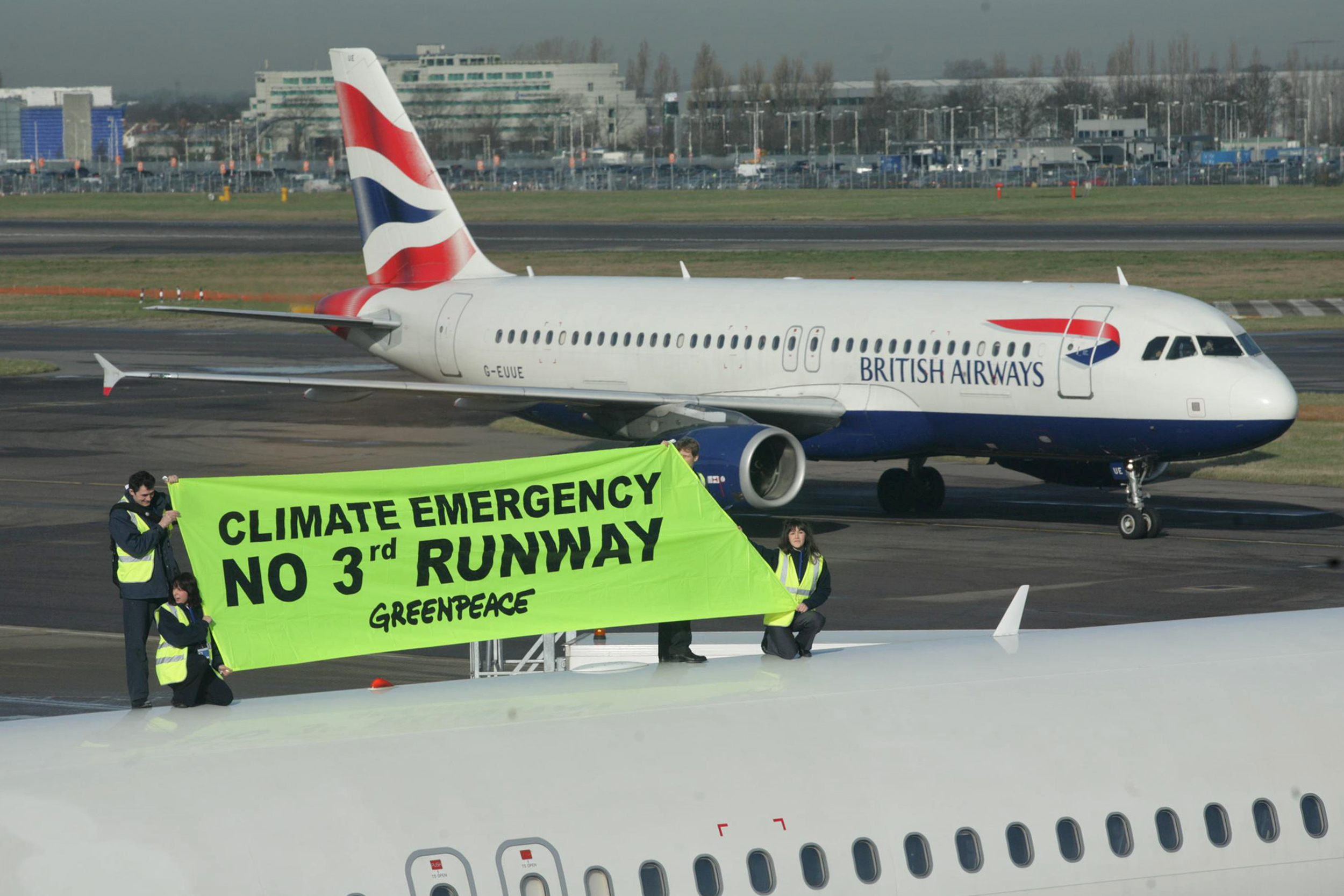10. Aviation and shipping
Constrain demand for aviation and shipping and reduce their carbon footprints
Neither the aviation nor shipping sectors have simple technological solutions for emissions but will, along with all other sectors, need to be net zero carbon well before 2045. Alongside meat consumption, this is a sector where in the absence of clear solutions, demand needs to be constrained whilst investigation of technology and alternative approaches for genuinely low carbon solutions are explored.
The situation is complicated because as international transport sectors, both shipping and aviation are governed by international agencies rather than national governments. These agencies have historically been lacklustre (or worse) about tackling their environmental footprint, despite supposedly having climate protection in their remit. Parts of the shipping industry seem determined to tackle the climate problem. Very little of the aviation industry is.
The Government cannot simply rely on the sectors themselves to self-regulate. More affirmative leadership is urgently required to constrain demand within UK national boundaries and set a global example – particularly because the UK has one of the highest emissions per capita from flying in the world.
• Ban all new UK runways, including at Heathrow
• Establish a Frequent Flier Levy – one tax free return flight a year per person then increase tax progressively for each flight beyond that, so that the burden of taxation falls on those who fly most frequently
• Channel funds from the Frequent Flier Levy to an aviation emission reduction fund which can support projects for technological development the aviation industry wouldn’t e.g. hydrogen or electric planes – and share the results internationally
• Ensure all UK domestic shipping is zero carbon well before 2045, building on Sweden’s lead
• Lead international efforts to create roadmaps for sharp reductions in actual aviation and shipping sector emissions, with a view to being zero carbon well before by 2045

